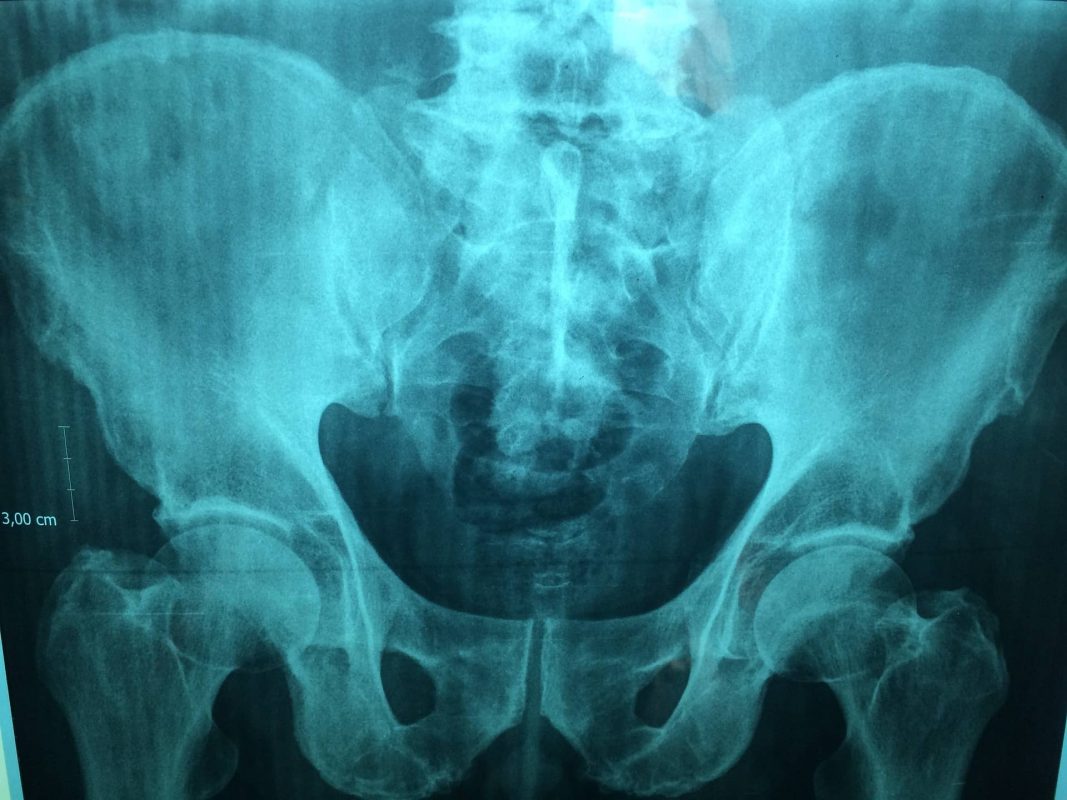A bone mineral density (BMD) test is used to diagnose osteoporosis.
Using low dose X-Rays, a BMD test measures the amount of calcium and minerals per square centimeter of bone.
It is an important test to determine your risk or your diagnosis of osteoporosis, monitor bone health and fracture risk, and monitor ongoing treatment for osteoporosis.

WHAT TO EXPECT FROM YOUR BONE MINERAL DENSITY TEST
During a BMD test, you will be asked to lie on your back on a soft table. You are asked to lay still as a mechanical arm attached to the BDM machine passes over your body.
Bones that are most often looked at for osteoporosis are:
-
Lower spine bones
-
Bones in your forearm
-
Femur
This test generally takes between 15 to 20 minutes and is completely painless.
HOW TO PREPARE FOR YOUR TEST
1.- Be sure to notify your doctor if you are pregnant, or if there is a chance you could be pregnant before you schedule a BMD test. Due to the use of X-Rays, we advise pregnant women to take precaution and avoid BMD tests.
2.- Prior to your exam, you may continue your day-to-day activities; this includes eating normally and taking your regular medications** (unless otherwise instructed).
3.- Please arrive 15 to 20 minutes before your scheduled appointment time to register and ask any questions you may have. Please remember to bring your health card and the list of medications you are taking.
4.- We recommend wearing comfortable, loose-fitting clothing to your exam. Please avoid any clothing with metal detailing, such as buttons, clasps, zippers, underwire bras, and belt buckles. Remove any piercings prior to your appointment as they may interfere with obtaining an accurate image.
*Do not take any calcium or iron supplements on the day of the exam. Your appointment should not be booked within one week of having a contrast or radioactive exam or within two weeks of having an X-ray exam that involves contrast agents or a nuclear medicine exam.
OSTEOPOROSIS
Osteoporosis is a bone disease that causes your bone tissue to become weak and porous over time – these changes can go undetected until a fracture occurs.
Because of this, it is vital that people who are at a higher risk of osteoporosis have regularly scheduled BMD testing done to monitor bone health, so preventative measures to delay bone health decline can be taken.
WHO IS AT RISK
Unchangeable risk factors:
-
Gender — Women have a higher risk of developing osteoporosis than men
-
Age — Bone density declines with age
-
Family history — A family history of osteoporosis increases an individual’s likelihood of developing the disease
-
Frame — Individuals with a more delicate bone structure have a higher risk of developing osteoporosis
HORMONAL RISK FACTORS
-
Menopause — Declining estrogen levels during and after menopause is one of the most significant risk factors for developing osteoporosis
-
Thyroid problems — An overactive thyroid can cause decreased bone density
-
Other hormonal risk factors — Problems with other hormone-regulating glands can also affect bone density
Lifestyle risk factors:
-
Sedentary lifestyle — Individuals who are inactive have a higher risk of osteoporosis
-
Tobacco use — Using tobacco has been linked to decreased bone density
-
Excessive alcohol consumption — Regularly consuming more than two alcoholic beverages per day is associated with a higher risk of osteoporosis
-
Diet — Individuals who have a diet that is low in calcium are at higher risk of osteoporosis; as are individuals with eating disorders that are calorie deficient
Medication risk factors:
-
Corticosteroids — Individuals who use corticosteroid medications long-term are at higher risk of developing osteoporosis
What can you do to prevent or slow the development of osteoporosis?
– Quit smoking
Ask your doctor about smoking cessation programs and strategies
– Avoid drinking alcohol excessively
Drinking alcohol to excess on a regular basis not only decreases your bone density but also increases your risk of falling, which could result in a fracture
– Eat a healthy diet
A healthy, balanced diet that contains calcium-rich foods, such as dairy products, dark green vegetables, salmon, soy products, and beans, helps maintain your bone density
– Vitamin D
Vitamin D helps your body absorb calcium. You can get vitamin D from the sun, however, you may need to use a supplement to meet your daily requirement, particularly during the winter months
– Exercise
A regular exercise regimen that includes strength training and weight-bearing exercises will help build muscle and bone strength, decrease your risk of falls through improved strength and balance, and decrease the wear on your bones (particularly your spine) through improved posture
